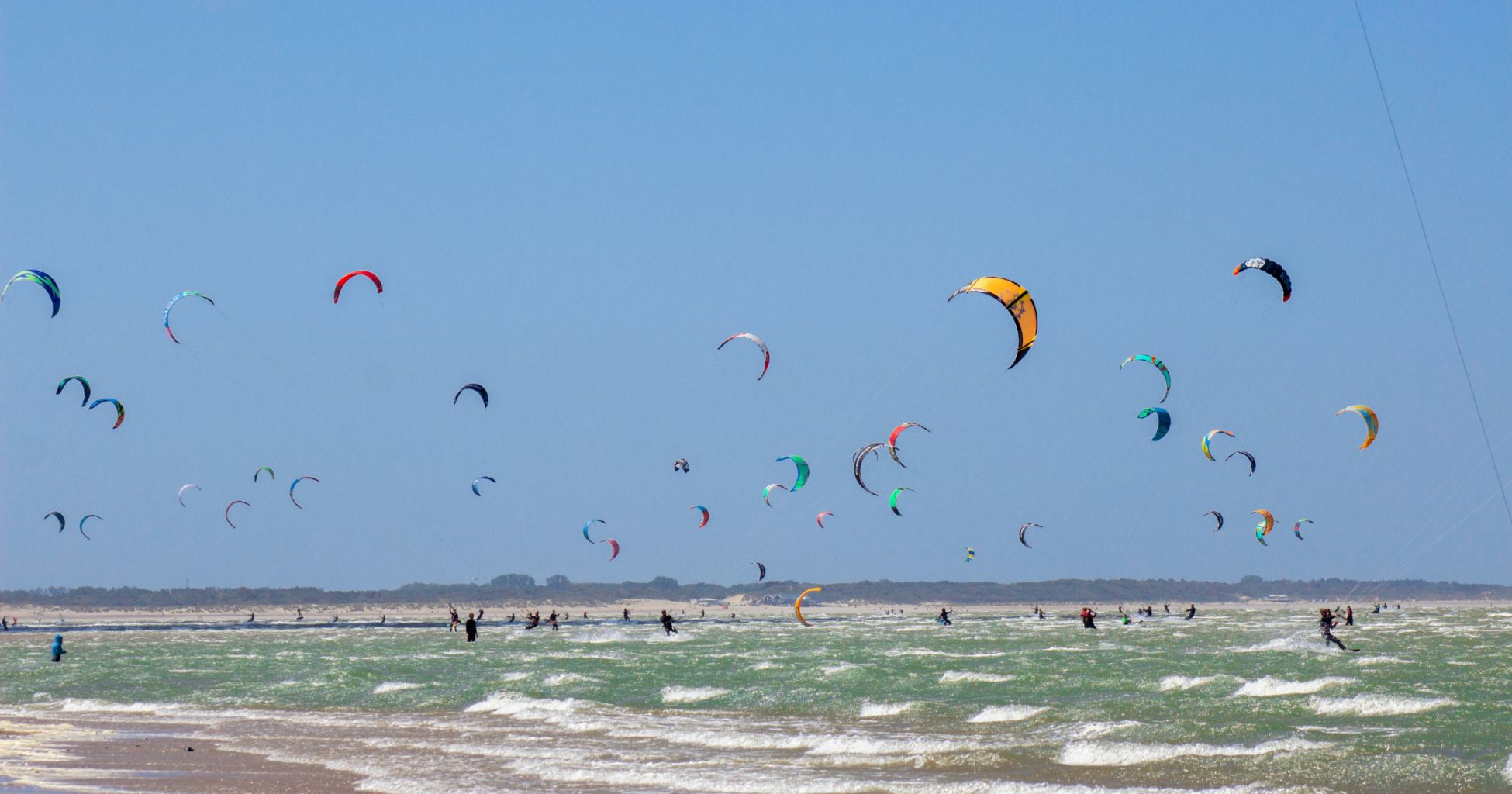Too many false myths still float around kiteboarding! Don’t get fooled, discover the truth about kiteboarding and why it’s one of the most accessible and exciting watersports.

Kiteboarding opens the door to endless opportunities, from traveling the world and staying active, to meeting like-minded people who love nature and adventure, and even building future international careers in the sport with IKO.
Today, we’re busting those myths one by one. Ready to be surprised?
🚫 Myth #1: “Kiteboarding is dangerous”
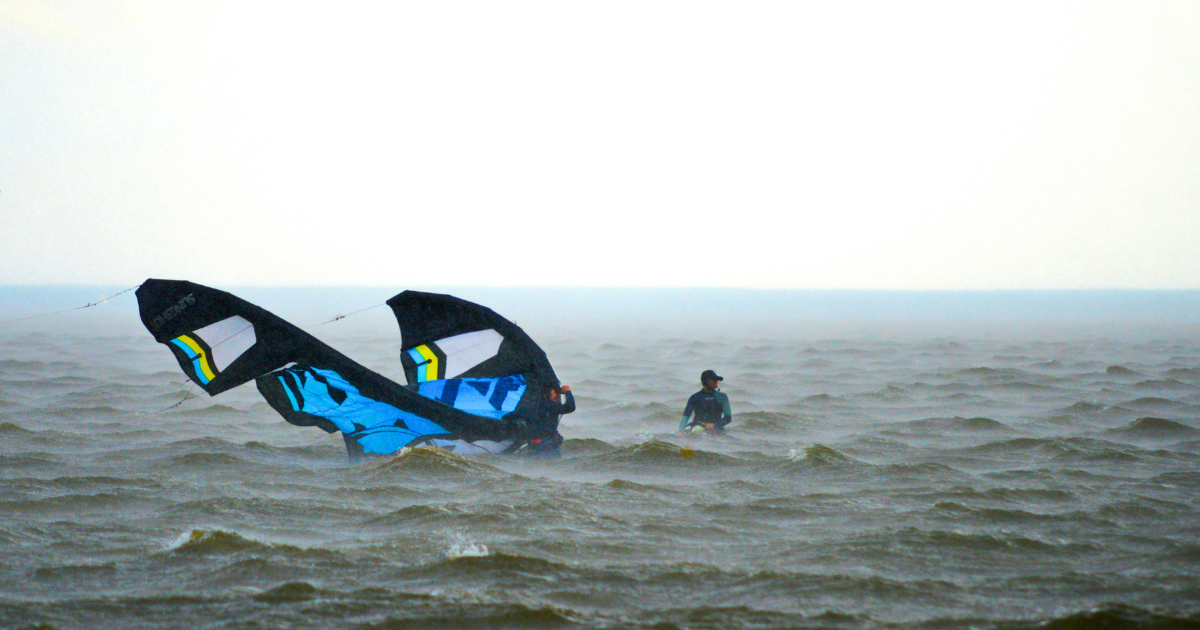
False.
Even though kiteboarding is often seen as risky, the numbers tell a different story. It causes about 7 injuries per 1,000 hours, which is lower than other sports: soccer up to 9 injuries per 1,000 hours, and basketball can reach up to 14 injuries per 1,000 hours.
With modern gear and proper training, kiteboarding is safe and manageable. Accidents rarely have a single cause; the “Swiss Cheese Model” explains that multiple small errors, judgment mistakes, poor preparation, or conditions beyond your skill level, can align and cause an incident.
Over 70% of incidents happen on land. Common causes include misjudging the SEA (Spot, Environment, Activity), lack of kite control, unfamiliarity with safety systems, underestimating weather conditions, or improper equipment.
Accidents are preventable with proper training at an IKO Center, guided by experienced IKO Instructors who prioritize safety, progression, and independence.
🚫 Myth #2: “You need to be super strong”

False.
Kiteboarding is more “zen” than it looks, it’s about technique, balance, and coordination, not strength. The harness does most of the work, transferring the kite’s power to your body, while your arms steer. Your arms handle less than 20% of the load during a session, while your core takes over 80%, keeping you stable and in control without getting fatigued.
Kiters of any body type can confidently control the kite throughout the wind window when using properly sized and adjusted equipment, combined with correct body positioning.
A typical session lasts 1–3 hours, proving that strength isn’t a requirement to have fun and improve. Anyone with coordination and a willingness to learn can enjoy kiteboarding and feel fully in control.
🚫 Myth #3: “Kiteboarding is only for young people”
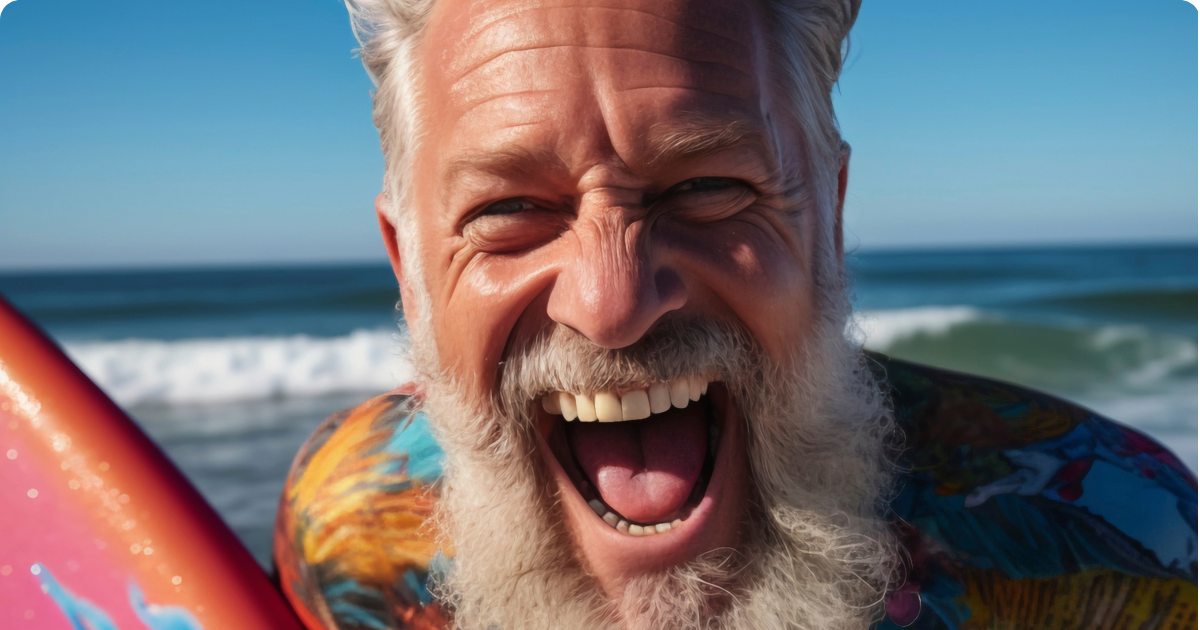
False.
The oldest certified kiter in IKO is an 80-year-old German, certified as a Kiter Level 3J (control of speed by edging). His achievement shows that passion, curiosity, and determination make kiteboarding accessible at any age, because the sport is inclusive and adaptable. All you need is confidence in deep water, along with motivation and curiosity. Students at over 350 IKO Centers in 60+ countries range in age from 12 to over 70, showing that kiteboarding is accessible to everyone.
We say the IKO community is truly multigenerational because it brings together:
- 5,109 teenagers (12–19 years)
- 62,369 young adults (20–39 years)
- 48,765 mature adults (40–59 years)
- 6,079 students over 60 (60–70 years)
Kiteboarding is low-impact, improves balance, coordination, and confidence, and gives a sense of freedom that has no age limit.
🚫 Myth #4: “It takes forever to learn”
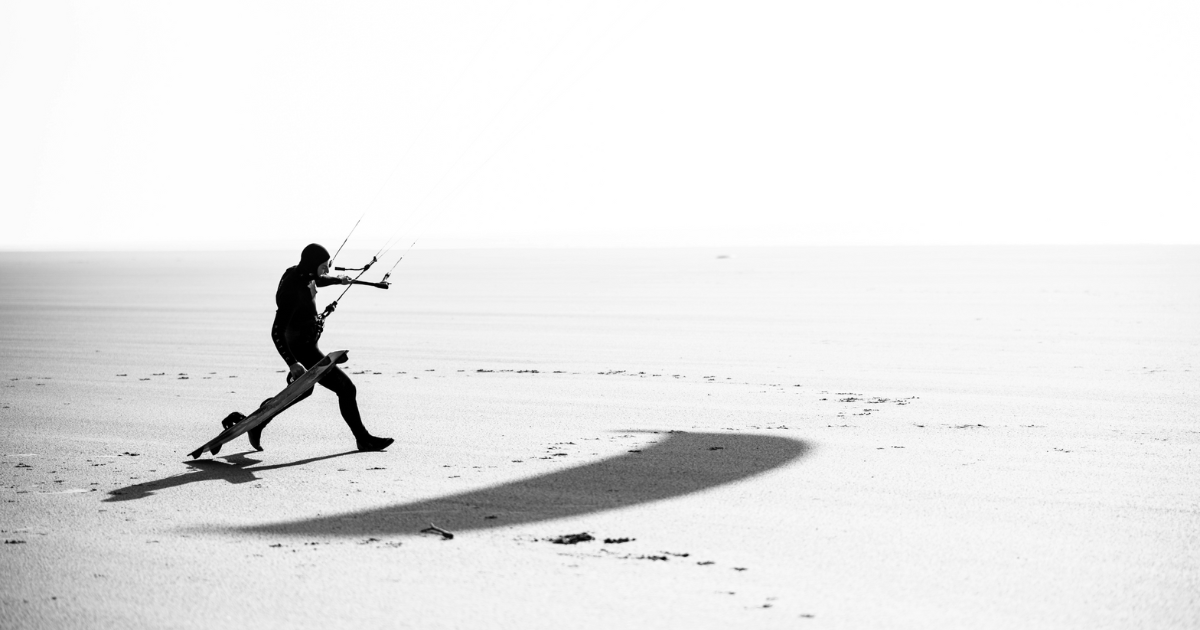
False.
With qualified IKO Instruction, a structured lesson plan, and modern equipment, you can become confident and independent from your very first hours. In just 6–10 hours, you’ll master the basics of safety and kite control. Keep in mind that over 80% of students gain enough confidence to move safely in the water within 4–6 hours, practicing fun beach exercises and body drags. You’ll be amazed at how quickly you can progress!
IKO lessons follow a logical progression, emphasizing safety, awareness, and independence, while modern gear is stable and easy to control. Learning at an IKO Center with an IKO Instructor delivers immediate results: more fun, faster progress, reduced risk, and the chance to enjoy kiteboarding from your very first session.
🚫 Myth #5: “You need strong wind and perfect conditions”
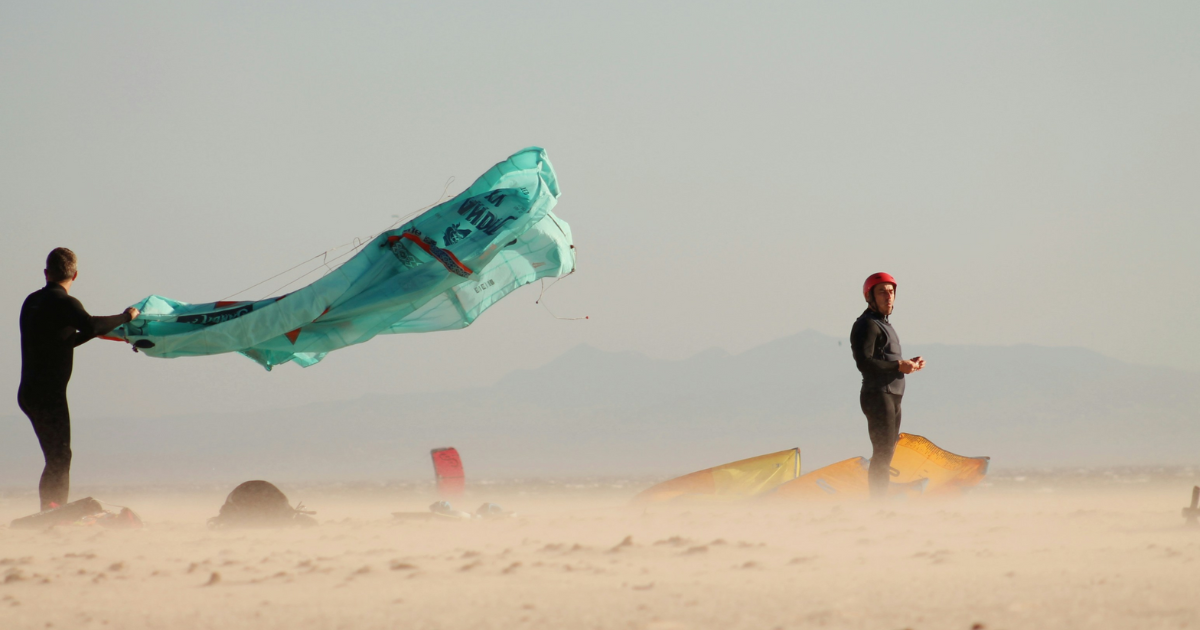
False.
Kiteboarding can be enjoyed in a wide range of wind conditions. With modern gear and IKO techniques, you don’t need perfect wind to have fun. The key is learning to generate power safely: “IKO Instructors don’t give you power; they teach you how to create it.”
IKO uses short lines to increase control and safety, letting you make mistakes safely and learn faster. In 8–12 knots proper technique and body positioning keep riding safe and enjoyable, while 12–20 knots are ideal for learning new skills and progressing quickly. With the right technique and by assessing the weather conditions and your skill level, you can ride confidently in almost any condition.
See for yourself, try it!
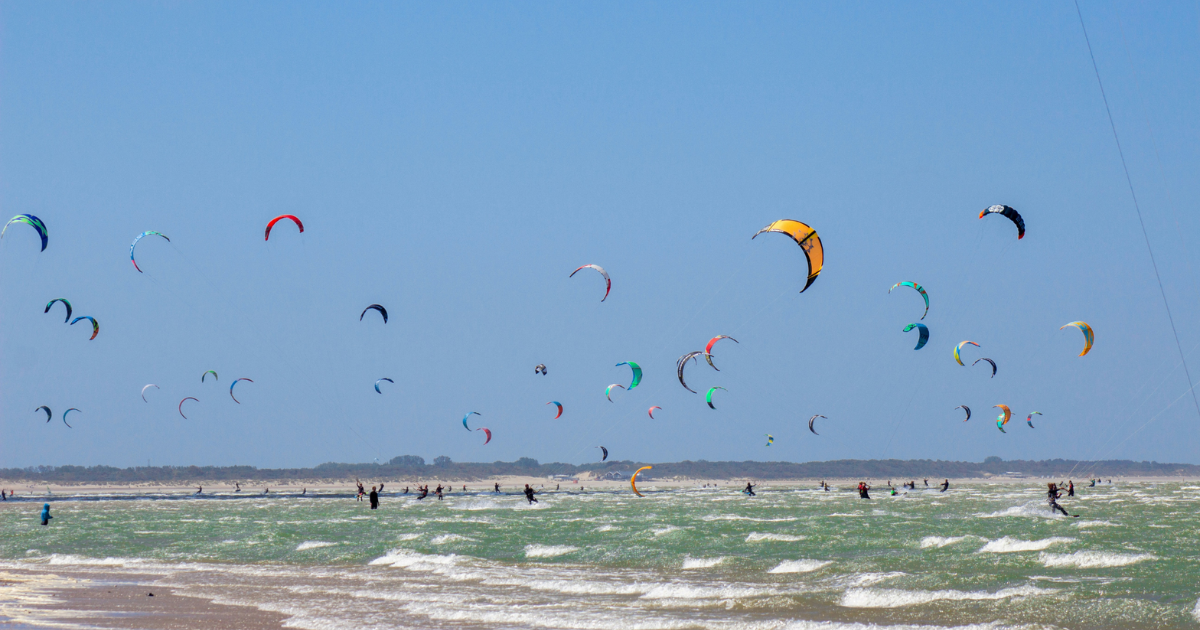
So don’t believe the rumors about kiteboarding!
Visit a certified IKO Center, trust your IKO Instructor, and discover the thrill, freedom, and empowerment that kiteboarding offers.
